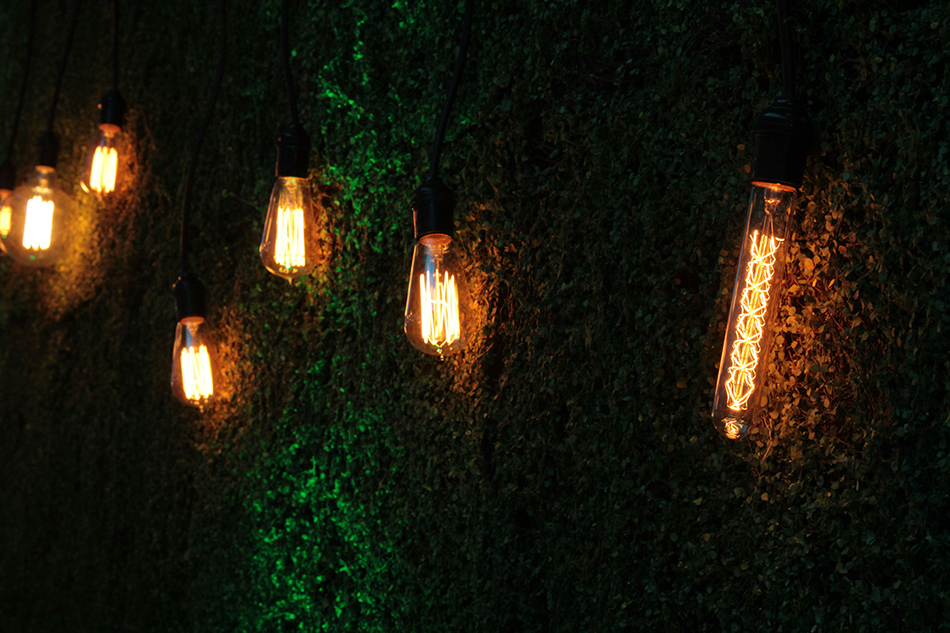Time:2025-05-21
The lighting industry is experiencing a paradigm shift, driven by the adaptability and creative potential of mini neon lights. These compact, energy-efficient systems are transcending traditional roles, finding applications in sectors ranging from interior design to healthcare. This article examines how mini neon technology is reshaping lighting solutions, the advancements fueling its growth, and strategic approaches for leveraging its potential in a competitive market.
Expanding Horizons: Mini Neon Beyond Aesthetics
While renowned for their visual appeal, mini neon lights are gaining traction in unexpected domains:
Health and Wellness: Clinics and spas use soft neon glows to create calming environments, aiding stress reduction and patient recovery.
Educational Tools: Interactive neon installations in schools and museums engage learners through light-based experiments and tactile displays.
Smart Home Integration: Neon systems synced with IoT platforms adjust lighting based on occupancy, circadian rhythms, or voice commands.
For instance, a London wellness center employs amber-toned neon to simulate sunset hues in therapy rooms, enhancing relaxation sessions.

Technological Breakthroughs Driving Adoption
Modern mini neon systems incorporate innovations that address contemporary challenges:
Adaptive Brightness: AI algorithms adjust luminosity based on ambient light conditions or user preferences.
Self-Healing Materials: Tubes with microcapsule technology that repair minor scratches, extending product lifespan.
Eco-Conscious Production: Use of recycled silicones and biodegradable polymers, reducing environmental footprints.
Wireless Modularity: Magnetic connectors enabling tool-free assembly for temporary installations or pop-up events.
These features position mini neon as both a functional and sustainable lighting solution.
Strategic Advantages for Businesses and Designers
Brand Differentiation: Custom neon installations that serve as signature elements in retail stores or corporate offices.
Space Optimization: Slim profiles ideal for urban environments with spatial constraints, such as compact apartments or boutique hotels.
Cost-Effective Marketing: Photogenic neon displays that attract social media attention, effectively serving as free promotional tools.
Regulatory Compliance: Low-voltage designs meeting stringent safety standards for public installations.
Emerging Trends Redefining Neon Applications
Bio-Adaptive Lighting: Systems emitting wavelengths that support plant growth in vertical farms or indoor gardens.
Cultural Preservation: Neon replicas of historical signage in heritage districts, blending nostalgia with modern tech.
Tactile Interfaces: Touch-sensitive neon panels in collaborative workspaces, enabling interactive brainstorming sessions.
Event Pop-Ups: Rentable neon kits for transient commercial spaces, reducing upfront costs for startups.
Key Considerations for Industry Stakeholders
Supplier Collaboration: Partnering with manufacturers offering lifecycle services, including repairs and material recycling.
User-Centric Design: Prioritizing intuitive controls and accessibility features for diverse demographics.
Market Education: Demonstrating ROI through case studies highlighting energy savings and customer engagement metrics.
Global Standards Advocacy: Pushing for unified certifications to streamline international trade and quality assurance.
Overcoming Implementation Barriers
Perceived Complexity: Offering plug-and-play kits with pre-programmed settings to ease adoption for non-technical users.
Budget Constraints: Highlighting long-term savings from durability and energy efficiency in client proposals.
Cultural Sensitivity: Collaborating with local artists to ensure designs resonate with regional aesthetics and values.
Case Studies: Neon Lighting in Action
Retail Innovation: A Tokyo boutique uses color-shifting neon to mirror seasonal collections, increasing foot traffic by 40%.
Urban Renewal: A Berlin district revitalized its nightscape with neon-lit bike paths, enhancing safety and community pride.
Corporate Wellness: A Silicon Valley office installed circadian-rhythm neon lighting, reporting a 30% drop in employee fatigue.
Future Frontiers: Where Mini Neon is Headed
Holographic Synergy: Merging physical neon with 3D projections for immersive art exhibitions or virtual showrooms.
Energy Autonomy: Integration with piezoelectric materials that generate power from ambient vibrations.
Mental Health Applications: Clinically tuned neon spectrums for treating seasonal affective disorder (SAD) or anxiety.
Conclusion
Mini neon lights are redefining the boundaries of illumination, merging artistry with cutting-edge technology to solve real-world challenges. By embracing sustainability, adaptability, and user-centric design, businesses can harness their potential to create spaces that inspire, heal, and innovate.
For industry leaders, the path forward lies in fostering cross-sector collaborations and educating markets on neon’s transformative capabilities. In doing so, mini neon will continue to illuminate not just spaces, but possibilities.